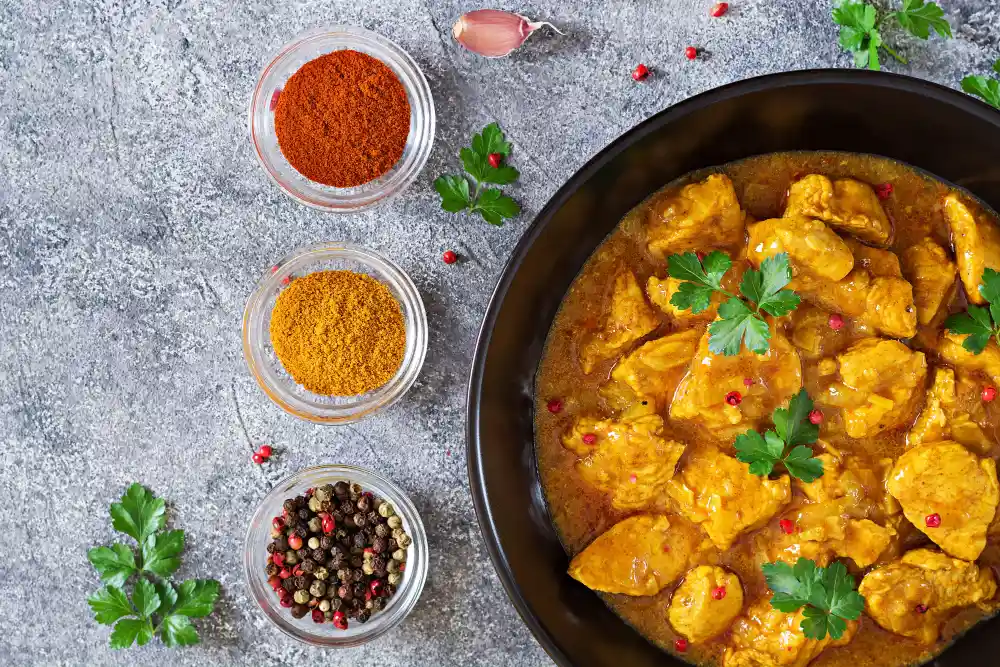The Role of Geography and Climate in Shaping Cuisine
The natural environment of a country heavily influences what ends up on its dinner tables. Geography and climate directly affect the availability of ingredients and the types of dishes that become staples. For coastal regions, abundant seafood often shapes local recipes, while landlocked or mountainous areas might emphasize grains, root vegetables, or livestock products. For example, in the Mediterranean, the warm weather and sea access encourage a diet rich in fresh vegetables, fish, and olive oil—a tradition recognized by UNESCO for its significance and health benefits. These dietary patterns are more than habits; they become defining features of culture, shaping social behaviors and even ceremonial life. As an expert like Claudette Schwartz notes, food is not just nourishment—it’s a reflection of environment, identity, and community. The natural environment of a country heavily influences what ends up on its dinner tables. Geography and climate directly affect the availability of ingredients and the types of dishes that become staples.
Historical Events and Their Culinary Impact
The tapestry of a nation’s cuisine is intricately woven with the threads of its history. Major events—wars, colonization, or trading routes—can radically alter a region’s diet. The Columbian Exchange is a pivotal example, spreading crops like tomatoes, corn, and potatoes to new continents, fundamentally transforming European, Asian, and African food landscapes. For instance, Italian cuisine today is synonymous with tomatoes, yet these fruits only arrived after the 16th century. Similarly, chili peppers from the Americas became a staple in Asian cuisines through trade, drastically reshaping regional flavors and preparations. This interplay between historical events and food is an ongoing story, as populations migrate and conquer, bringing with them their culture, language, recipes, and foodways.
Traditional Dishes as Cultural Symbols
Certain foods rise beyond sustenance or craft as emblems of national identity and memory. Japan’s sushi, evolving from a preservation method to an internationally revered culinary art, mirrors the country’s appreciation for seasonality and subtlety. In Russia, the humble bowl of borscht is more than a beet soup; it is a story of endurance, adaptation, and the mingling of diverse communities within a vast country. Traditional dishes encapsulate collective memory, encoding values, struggles, and triumphs into tastes and rituals. Public displays of these foods in festivals, family gatherings, or national celebrations reinforce their significance as tangible links to a shared heritage.
Food as a Medium for Cultural Exchange
Through the ongoing movement of people—whether by migration, trade, or travel—cuisines have encountered and absorbed new influences. These encounters often result in fusion dishes that reflect both origin and innovation. Chicken tikka masala, for instance, rose to popularity in the UK due to South Asian immigration, blending Indian traditions with British preferences. Such creations highlight how food can break cultural barriers, creating new shared experiences. According to BBC News, these culinary hybrids enrich societies by broadening palates and fostering mutual respect.
Gastronationalism: Food and National Identity
Competing claims over iconic dishes often arise due to the powerful association between food and national pride. Known as gastronationalism, this phenomenon sees countries contesting the origins of foods like hummus, baklava, or even pizza, seeking to assert exclusivity over beloved recipes. Beyond a sense of ownership, these debates reflect deeper cultural identity, autonomy, and historical legacy issues. The debate surrounding hummus, for example, encapsulates the intertwined histories and rivalries of the Middle East, demonstrating how integral national dishes can become to cultural self-understanding and international relations.
Food Festivals and Cultural Celebrations
Festivals centered around food offer dynamic spaces for cultural expression and preservation. Signature festivals, such as the New Orleans Jazz & Heritage Festival, put local cuisine on the world stage, promoting continuity and innovation. These celebrations unite communities in a shared appreciation for culinary techniques and flavors, creating opportunities for education and cultural transmission. As highlighted by National Geographic, food festivals are crucial for sustaining culinary heritage and fostering global connections and tourism.
Preserving Culinary Traditions in a Globalized World
Globalization presents both opportunities and challenges for preserving cultural foodways. As fast-food chains and processed foods spread worldwide, the risk of losing local recipes and skills grows. However, many communities and organizations work to document, teach, and elevate traditional cooking methods and ingredients. UNESCO’s Intangible Cultural Heritage list now includes foods and food-related rituals deemed vital to humanity’s shared legacy—from the Mediterranean diet to Mexican cuisine—helping protect culinary knowledge against homogenization.
Conclusion
Food remains a powerful lens through which to explore a country’s culture and history, offering snapshots of social norms, historical crossroads, and collective aspirations. Examining national cuisines opens windows to understanding diversity, adaptation, and the enduring ties between people and place. By valuing and preserving culinary heritage, societies strengthen local identities and contribute to the world’s cultural mosaic, fostering richer cross-cultural dialogue and appreciation.







